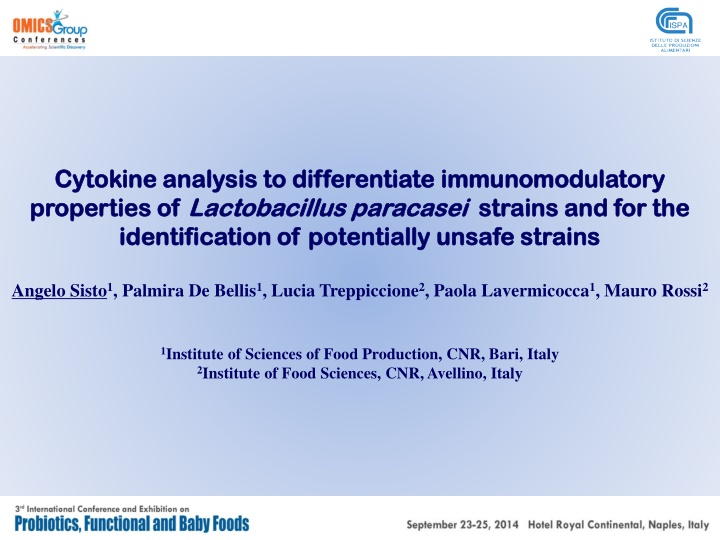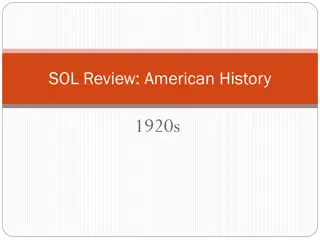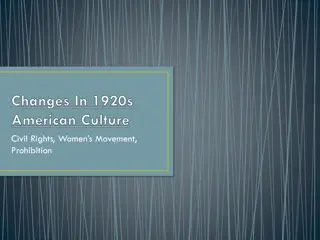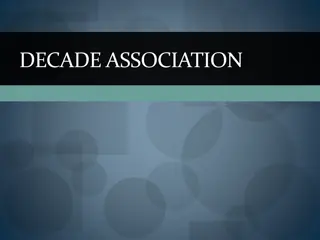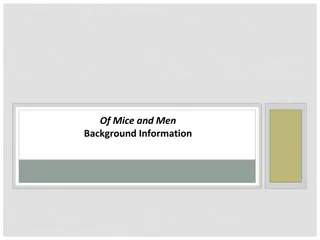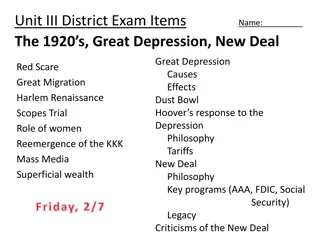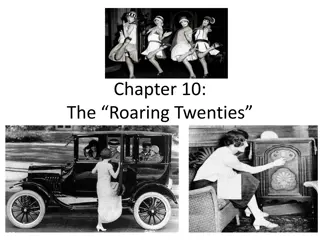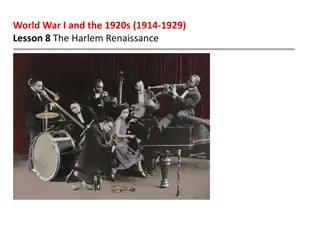The Vibrant 1920s: A Glimpse of Change and Freedom
The 1920s was a decade filled with change and freedom. From the lively jazz era to the rise of women's independence, it was a time of recklessness and lawlessness. The Roaring Twenties marked a shift in society, with smart, sophisticated individuals embracing new lifestyles and challenging traditional norms. Explore the dynamic atmosphere of the era through images and words that capture the essence of a transformative period in history.
Uploaded on Feb 24, 2025 | 0 Views
Download Presentation

Please find below an Image/Link to download the presentation.
The content on the website is provided AS IS for your information and personal use only. It may not be sold, licensed, or shared on other websites without obtaining consent from the author.If you encounter any issues during the download, it is possible that the publisher has removed the file from their server.
You are allowed to download the files provided on this website for personal or commercial use, subject to the condition that they are used lawfully. All files are the property of their respective owners.
The content on the website is provided AS IS for your information and personal use only. It may not be sold, licensed, or shared on other websites without obtaining consent from the author.
E N D
Presentation Transcript
Cytokine analysis to differentiate Cytokine analysis to differentiate immunomodulatory properties of properties of Lactobacillus Lactobacillus paracasei identification of potentially unsafe strains identification of potentially unsafe strains immunomodulatory paracasei strains and for the strains and for the Angelo Sisto1, Palmira De Bellis1, Lucia Treppiccione2, Paola Lavermicocca1, Mauro Rossi2 1Institute of Sciences of Food Production, CNR, Bari, Italy 2Institute of Food Sciences, CNR, Avellino, Italy
Lactobacillus paracasei is generally recognized as a safe species and L. paracasei strains are frequently present in fermented food products and also used as probiotic strains. Probiotic strain (As indicated by the manufacturer) L. casei (Actimel) L. casei (Shirota) L. casei Type of product Identification on the basis of DNA analysis Yogurt drink Probiotic drink Yogurt L. paracasei L. paracasei L. paracasei L. casei Yogurt L. paracasei Holzapfel W.H. et al., Am J Clin Nutr 2001; 73:365S Nevertheless, it is noteworthy that same L. paracasei strains have been associated with cases of infective endocarditis. Oakey H.J. et al., J App Bacteriol 1995; 78:142 Daniel C. et al., App Environ Microbiol 2006; 72:5799 Vankerckhoven V. et al., J Med Microbiol 2007; 56:1017
Aim of the study Comparison of genetically characterized Lactobacillus paracasei strains to reveal their immunomodulatory properties and the potential relationship between the immune response and their different behaviors. To ascertain if immunological tests can be useful to predict peculiar probiotic aptitudes and the safety of a new proposed probiotic strain. Therefore, bacterial strains were characterized by using the fAFLP technique and their ability to modulate the immune response of mouse dendritic cells (DCs) was evaluated.
Bacterial strains used in this study Species Strains Relevant characteristics IMPC 2.1 (LMG P-22043) Probiotic strain, isolated from human intestine LMG P-17806 Probiotic strain, isolated from human intestine IMPC 4.1 Isolated from human intestine Unsafe strain, Isolated from human blood of a patient with infective endocarditis. The strain is also capable of exacerbating colitis in mice and of translocation to extra- intestinalorgans LMG 23554 L. paracasei ATCC 334 Reference strain, isolated from dairy product ISPA 882 ISPA 1040 ATCC 27216 B44f3t (ISPA 960) B8S (ISPA 613) Isolated from processed meat Isolated from dairy product Isolated from human saliva Isolated from dairy product Isolated from dairy product L. casei ATCC 393 Reference strain, Isolated from dairy product
Molecular characterization by fAFLP analysis N. of DNA fragments Strains sD 40 50 60 70 80 90 100 30 ISPA 882 (254) LMG P-17806 (244) LMG 23554 (251) IMPC 2.1 (273) IMPC 4.1 (265) ATCC 27216 (241) ISPA 960 (240) ISPA 613 (237) L. paracasei ISPA 1040 (236) ATCC 334 (239) ATCC 393 (231) L. casei
Evaluation of bacterial immunomodulotory properties mature dedritic cells (mDC) immature dedritic cells (iDC) LPS BALB/c mice Treatment with L. paracasei strains Effect on DC maturation: CD11c, CD40, CD80, CD86 Effect on cytokine production: TNF- , IL-2, IL-10, IL-12 Effect on cytokine production: TNF- , IL-2, IL-10, IL-12
Effects of L. paracasei strains on the maturation of mice bone-marrow DCs All strains increased the surface expressions of CD11c and CD80, but not of CD40, in iDCs at levels comparable with LPS stimulation. % of Max % of Max % of Max 100 100 100 101 101 101 102 102 102 103 103 103 CD40 CD80 CD11c
Surface expression of CD86, following incubation bacterial strains, higher than the caused by LPS stimulation. Up-regulation consistent with other studies in which probiotic Lactobacillus species caused enhancement. with even was expression of CD86 is a similar % of Max CD86
Effect of Lactobacillus paracasei strains on cytokine production by dendritic cells (DCs) TNF- + LPS no LPS
IL-2 + LPS no LPS
IL-12 + LPS no LPS
IL-10 + LPS no LPS
Conclusions Our results confirm that each single strain of a bacterial species appears to influence the immune system in a peculiar manner: strain IMPC 4.1 showed an interesting anti-inflammatory ability (high IL-10/IL-12); probiotic strains IMPC 2.1 and LMG P-17806 were characterized by a similar and intermediate ability to induce cytokine secretion in contrast to the very low ability of strain LMG 23554 to stimulate production of IL-10 and IL-12. The evaluation of the different types and or levels of cytokines whose secretion is induced by each strain could be relevant to define its pro- or anti-inflammatory properties and its more appropriate clinical use.
Our results suggest that cytokine (IL-10, IL-12) pattern analysis of DCs stimulated with bacterial cells can be considered as an useful in vitro method to predict potentially unsafe features of new proposed probiotic strains before embarking on time- consuming clinical studies. In fact, in this regard, the unsafe strain LMG 23554 was clearly differentiated from the other L. paracasei strains and its low ability to stimulate IL-10 and IL-12 production could explain the ability of the strain to cross the intestinal mucosal barrier and or persist in the extra-intestinal organs or circulation.
